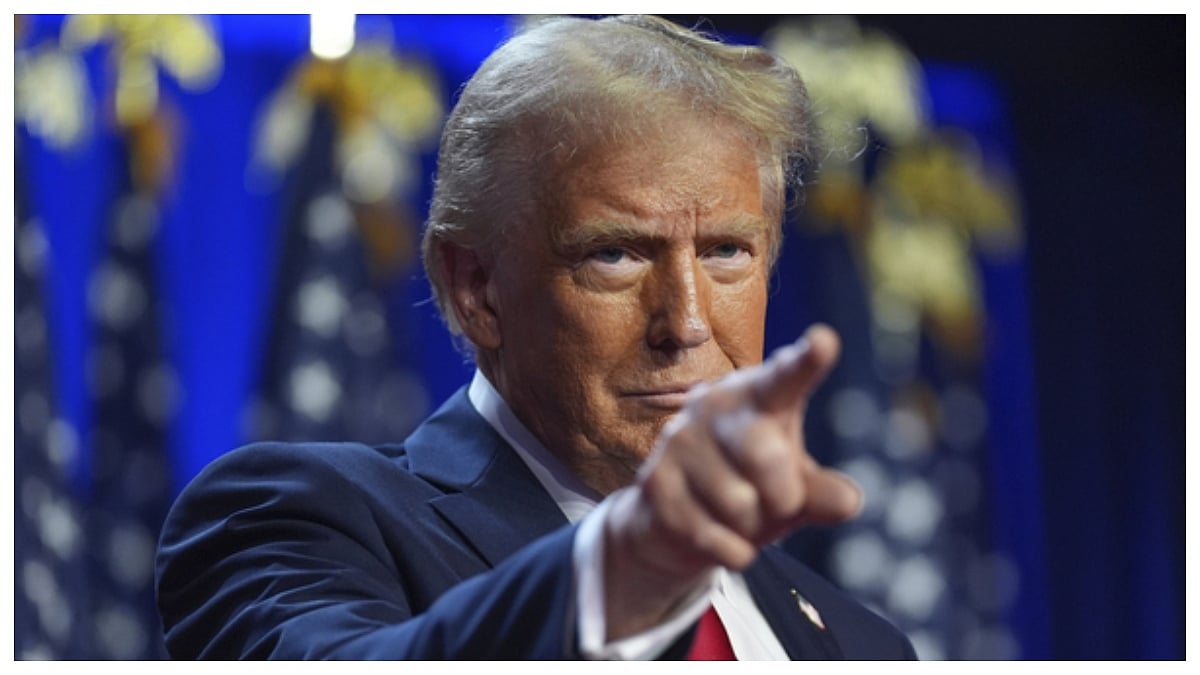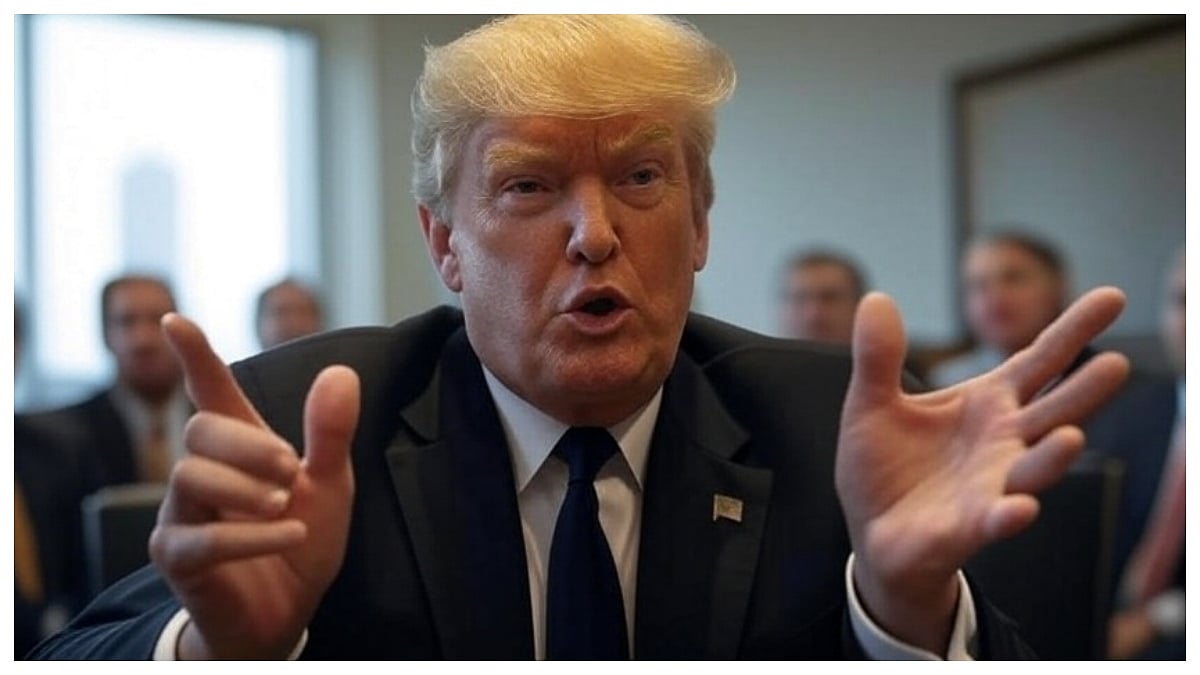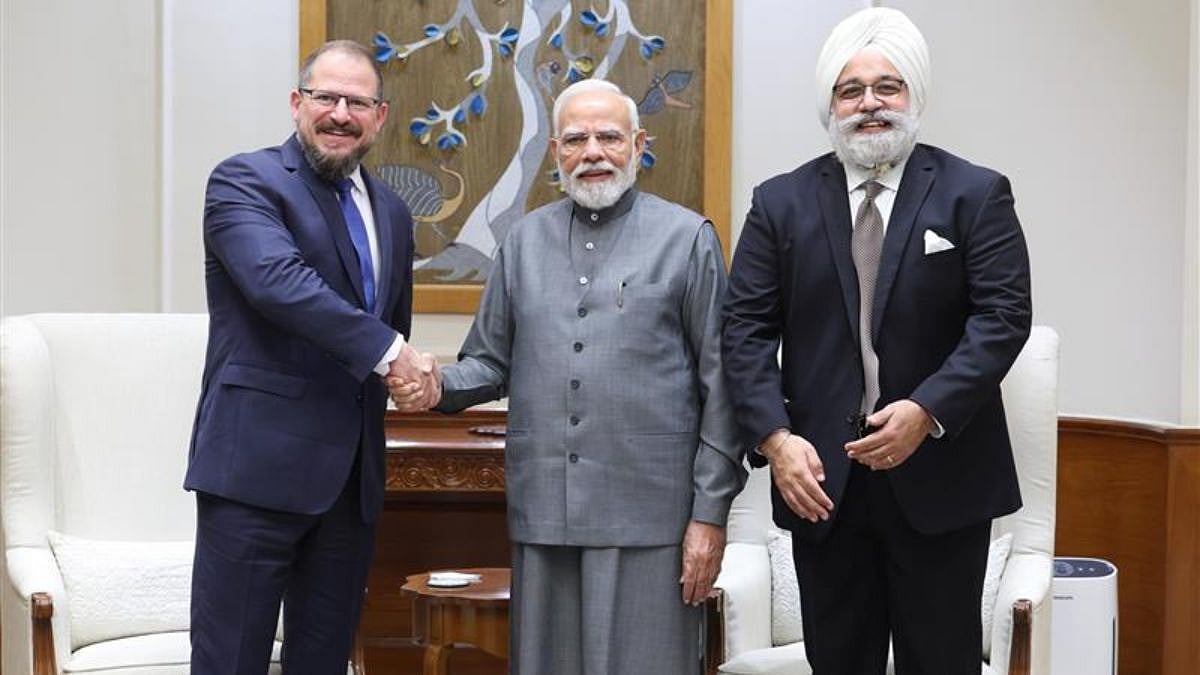New York/Washington: The additional 25 per cent tariff imposed by US President Donald Trump on India for its continued purchases of Russian crude oil came into effect Wednesday, raising overall duties to 50 per cent—the highest levied on any US trading partner.
The Department of Homeland Security (DHS), in its draft order, said the new levies apply to Indian products “entered for consumption, or withdrawn from warehouse for consumption, on or after 12:01 am EDT, August 27, 2025.” However, goods already in transit before that date can avoid the higher tariff if cleared by September 17, 2025, under special customs code HTSUS 9903.01.85.

Negotiation Window Closes
Trump had announced reciprocal tariffs on August 7, alongside similar measures on 70 other countries, but offered India a 21-day window for talks. With no breakthrough, the duty now doubles to 50 per cent.
Prime Minister Narendra Modi, reacting on Monday, said India would not compromise on the interests of farmers, cattle-rearers and small industries, even if “pressure increases.”

Experts Warn of Fallout
Mark Linscott, Senior Advisor at The Asia Group, called the escalation a “remarkable lose-lose,” saying trade talks are “on thin ice” until the Russian oil issue is resolved.
Partner Nisha Biswal said the tariffs risk pricing Indian textiles and garments out of the US market, while also harming US firms that had benefited from low tariffs. “A path forward is possible if Modi and Trump engage directly,” she added.
Basant Sanghera, Managing Principal at the firm, warned that India’s manufacturing ambitions and bilateral ties would suffer without leader-level engagement.
Accusations and Response
US Treasury Secretary Scott Bessent accused India of “profiteering” by reselling Russian crude, while New Delhi dismissed the tariffs as “unjustified and unreasonable.”
With duties now at historic highs, analysts say urgent dialogue is needed to prevent deeper long-term damage to both economies.









